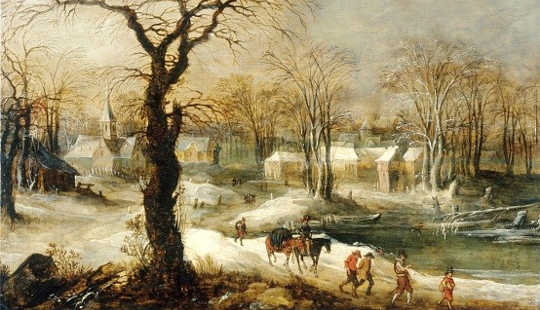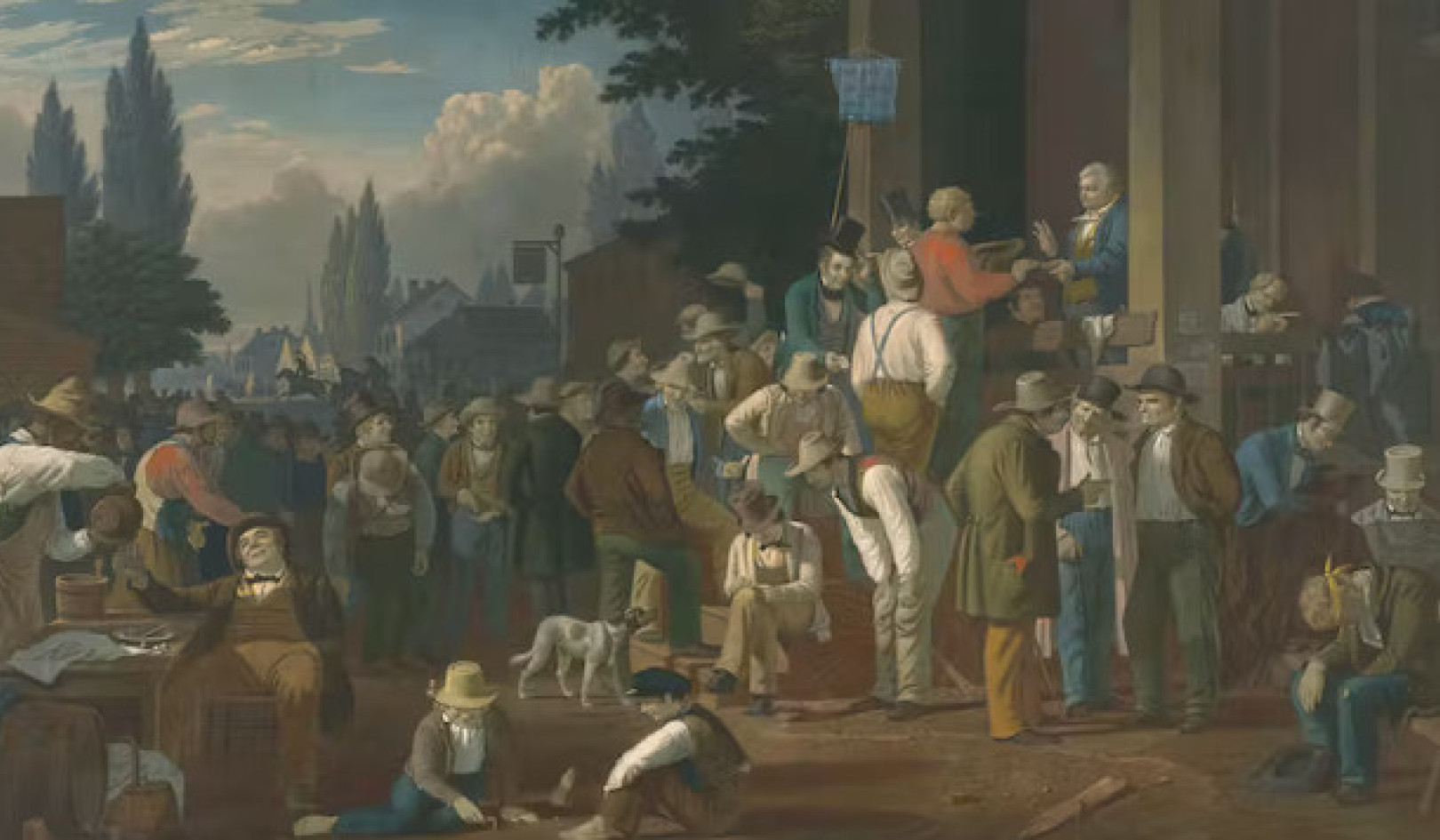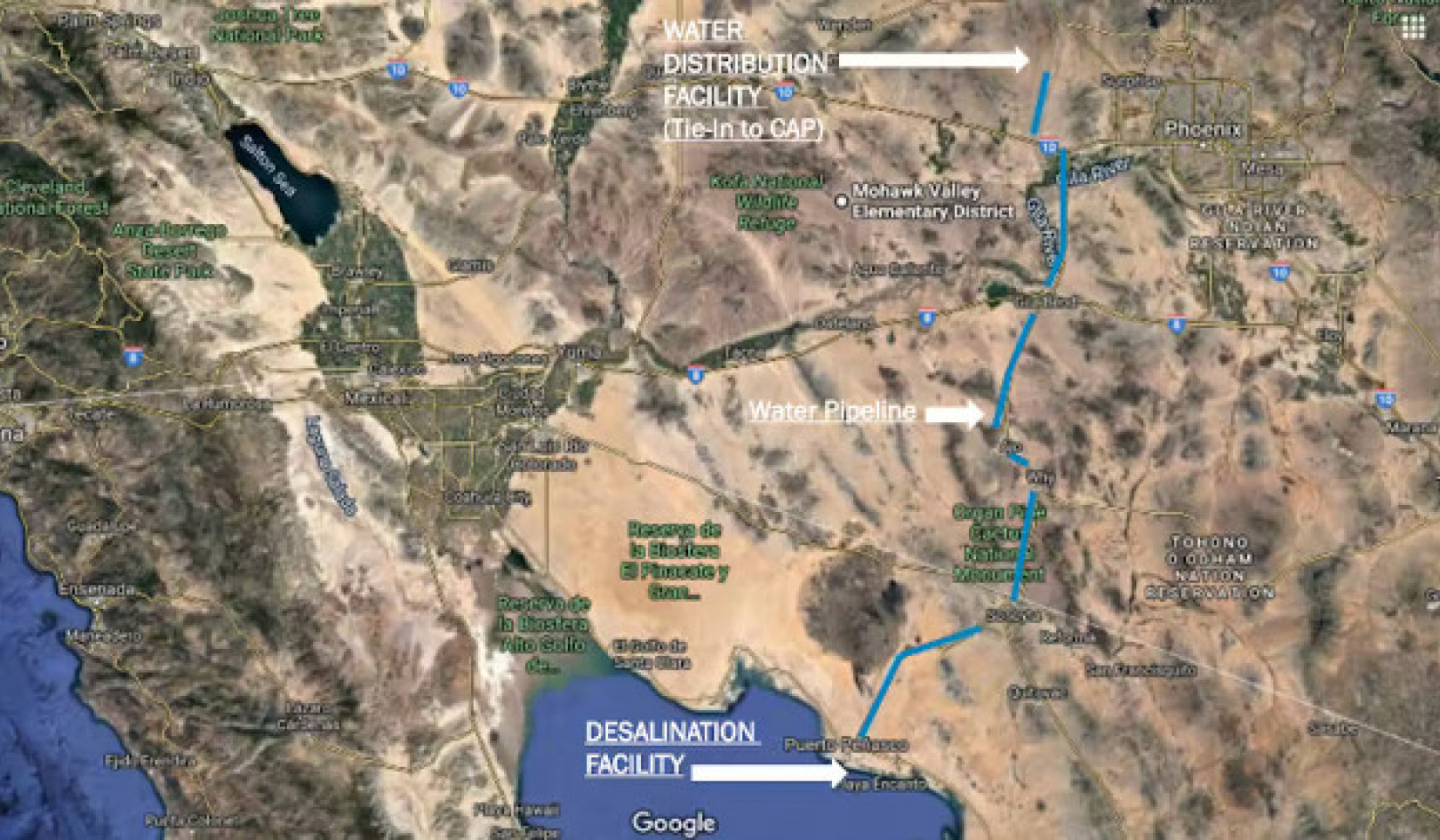
小冰河期間大氣中二氧化碳含量的下降並非由新世界的先驅者通過美國本土農業切割而引起的,正如之前所認為的那樣。
相反,我們的 新的分析 of the climate record contained within Antarctic ice cores suggests that the fall in atmospheric CO? levels during the cold period from 1500 to 1750 was driven by increased net uptake of carbon by plants.
This in turn suggests that if plants reacted to falling temperatures by taking up more carbon, they are likely to react to the current rising CO? levels by releasing yet more of it into the atmosphere.
歷史氛圍
Atmospheric CO? concentrations were fairly stable from around 2000 years ago until the start of the Industrial Revolution, since when they have begun to 急劇攀升。 然而,沿途是相對較小的變化,例如在小冰期(LIA)期間看到的變化。
Carbon dioxide naturally cycles between the atmosphere, the land and the ocean. On land, it is removed from the atmosphere by plant photosynthesis and returned when plant material decomposes. Normally these processes balance out, but a change in the rate of one of these processes can shift atmospheric CO? levels to a new equilibrium.
如果分解隨著溫度的升高而增加,這將減緩或逆轉重新平衡的吸收,在大氣中留下更多的二氧化碳,使氣候進一步升溫,等等,以積極的反饋。
LIA與歐洲殖民新世界的開始相對應。 歐洲疾病摧毀了美洲的人口,並且 一個理論 held that this led to a decrease in indigenous agriculture, which in turn let forests grow back and took up significant amounts of CO? from the atmosphere. This had been suggested as the first geologically recognisable signature of human impact on the globe, and thus the start of the Anthropocene epoch.
But was this actually the case? Our study suggests not, because while we can be relatively certain the LIA change in CO? levels was due to differences in the behaviour of land plants, our results suggest that the change was a response to the changing climate, and not to human-driven changes in vegetation cover.
尋找線索
How can we tell? We know that the process involved terrestrial plants, because the atmosphere during the LIA was even lower in CO? containing the isotope carbon-12, which is preferred by photosynthesising plants.
But how do we know if the changes were due to changes in vegetation cover, or to climate feedbacks. To answer that we looked at another gas, carbonyl sulfide (COS), which is also trapped in air bubbles along with the carbon dioxide. This molecule has almost the same structure as CO?, except one of the oxygen atoms is replaced with sulfur.
This is close enough to trick the plants, which take it up during photosynthesis. But unlike CO?, COS it is not released when plant material decomposes so an increase in photosynthesis leads to a decrease in atmospheric COS.
這意味著“早期人類世”假說具有可測試的結果:它應該導致冰芯內COS濃度的可觀察到的降低。 然而,當我們查看冰芯記錄時,我們發現有增加。 這表明在LIA期間光合作用實際上減少了,而不是像我們預期的那樣增加,如果差異是由於森林再生。
This means that the drop in atmospheric CO? during the LIA was more likely to have been a direct response to the dipping temperatures. The cool climate of the LIA reduced photosynthesis but also slowed down plant respiration and decomposition, with the net effect that more CO? was taken up by the land biosphere during cool periods.
未來怎麼樣?
The flipside of this is that the reverse may happen when temperatures rise, as they are now. Rising temperatures are likely to mean even more CO? being released from the terrestrial biosphere. While plants continue to increase their photosynthesis as Earth warms, our findings suggest that plant decomposition will increase even more, meaning that less carbon stays in the soil.
這是令人擔憂的,因為正如我們所知,人類已經開闢了新的碳源:以前被鎖在地下的化石燃料。 我們正在迅速將大量儲存的碳排放到大氣中,陸地和海洋只消除了我們添加的大約一半。
Our discovery suggests that every degree increase in temperature will result in about 20 parts per million extra carbon dioxide in the atmosphere. This is about the middle of the expectation from climate models. It means that, if we want to keep global warming to within 2? of average pre-industrial temperatures, in line with the 巴黎氣候協議, we need to factor in this positive feedback loop, which means that the more temperatures climb, the more extra CO? will be released from the world’s landscapes.
關於作者
Peter Rayner,教授研究員, 墨爾本大學
Cathy Trudinger,高級研究科學家, CSIRO
David Etheridge,首席研究科學家, CSIRO,
Mauro Rubino ,, 那不勒斯第二大學
相關書籍
at

感謝造訪 InnerSelf.com, 哪裡有 20,000+ 宣傳“新態度和新可能性”的改變生活的文章。 所有文章均翻譯為 超過30種語言. 訂閱 每週出版的《內在自我》雜誌和瑪麗·T·拉塞爾的《每日靈感》。 InnerSelf雜誌 自 1985 年起出版。

感謝造訪 InnerSelf.com, 哪裡有 20,000+ 宣傳“新態度和新可能性”的改變生活的文章。 所有文章均翻譯為 超過30種語言. 訂閱 每週出版的《內在自我》雜誌和瑪麗·T·拉塞爾的《每日靈感》。 InnerSelf雜誌 自 1985 年起出版。





















